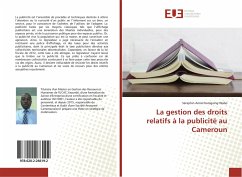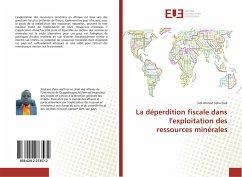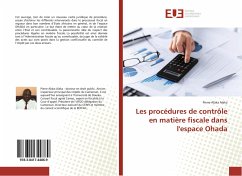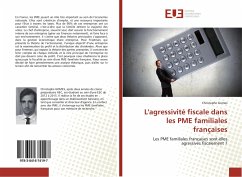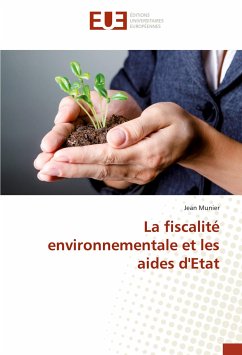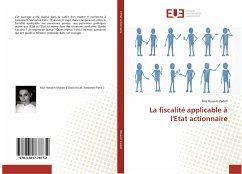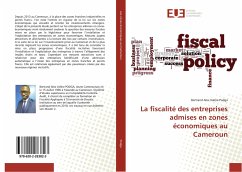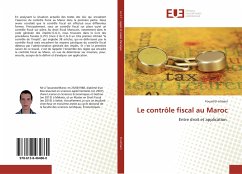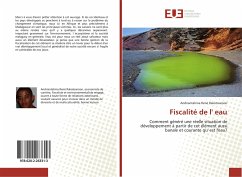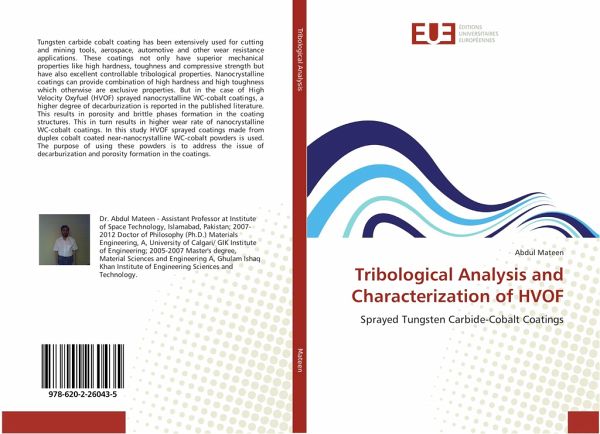
Tribological Analysis and Characterization of HVOF
Sprayed Tungsten Carbide-Cobalt Coatings
Versandkostenfrei!
Versandfertig in 6-10 Tagen
33,99 €
inkl. MwSt.

PAYBACK Punkte
17 °P sammeln!
Tungsten carbide cobalt coating has been extensively used for cutting and mining tools, aerospace, automotive and other wear resistance applications. These coatings not only have superior mechanical properties like high hardness, toughness and compressive strength but have also excellent controllable tribological properties. Nanocrystalline coatings can provide combination of high hardness and high toughness which otherwise are exclusive properties. But in the case of High Velocity Oxyfuel (HVOF) sprayed nanocrystalline WC-cobalt coatings, a higher degree of decarburization is reported in the ...
Tungsten carbide cobalt coating has been extensively used for cutting and mining tools, aerospace, automotive and other wear resistance applications. These coatings not only have superior mechanical properties like high hardness, toughness and compressive strength but have also excellent controllable tribological properties. Nanocrystalline coatings can provide combination of high hardness and high toughness which otherwise are exclusive properties. But in the case of High Velocity Oxyfuel (HVOF) sprayed nanocrystalline WC-cobalt coatings, a higher degree of decarburization is reported in the published literature. This results in porosity and brittle phases formation in the coating structures. This in turn results in higher wear rate of nanocrystalline WC-cobalt coatings. In this study HVOF sprayed coatings made from duplex cobalt coated near-nanocrystalline WC-cobalt powders is used. The purpose of using these powders is to address the issue of decarburization and porosity formation in the coatings.



